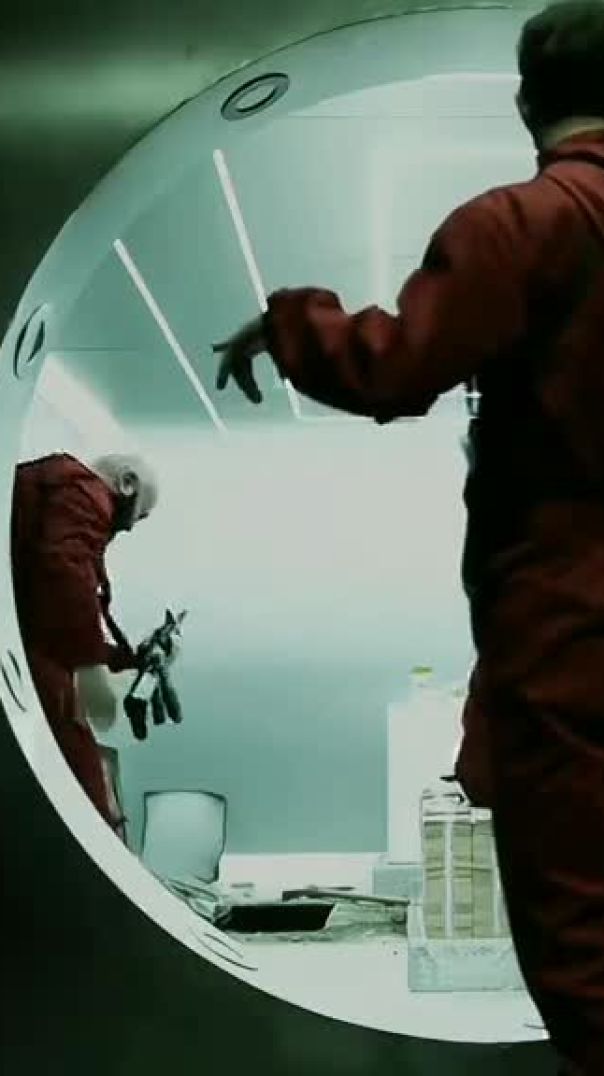12 Views· 23 October 2022
Protecting the Croatian
This time we are focusing our rewilding efforts on a group of strange animals that have adapted to live in the incredible submerged caves of Croatia.
This is part of our effort to have a greater impact by focusing on species that typically receive limited funds because they are not very charismatic.
🙌 Subscribe to Mossy Earth: https://www.youtube.com/c/Moss....yEarth?sub_confirmat
START REWILDING OUR PLANET TODAY
===============================
With us, you will restore nature and fight climate change every month
🌲 Plant native trees to capture carbon
🐺 Rewild habitats to support biodiversity
🐉 Support underfunded species and ecosystems
Become a Mossy Earth Member: https://mossy.earth !
ABOUT THIS PROJECT
===============================
The cave clean up project - removing toxic waste to help unique creatures of the underworld: https://mossy.earth/projects/rewilding/cave-clean-up
The olm is a blind cave salamander that can live up to a century and survive for a decade without feeding! It is among the most evolutionarily distinct amphibians known to science meaning that there is nothing else like it on earth. As if that was not enough, Sir David Attenborough included the olm as one of the 10 species he would select to be saved from extinction if he had to choose.
Another interesting species found here is the Croatian dace a small freshwater fish whose only remaining population can be found living in this cave system.
Finally, the cave is also home to the world's only known species of freshwater cave sponge.
Conservation status
Unfortunately, these species are currently threatened by human activities.
The olm is vulnerable to extinction.
The Croatian dace is found nowhere else on earth and is thought to be on the verge of extinction.
The cave sponge is only known from 6 caves in this small area and more data is needed about it.
So what exactly is threatening these species?
One of the main global threats to cave animals is water pollution and this cave is a good example of that. The cave entrance has been used as a waste disposal site for centuries and as a result, there are about 16 cubic meters of waste inside the cave.
If nothing is done the degradation of water quality may contribute to the extinction of these species. At the same time, since this is a source of drinking water for the local population these pollutants may even harm human health.
Time for action
To prevent this from happening we have joined forces with expert cave biologists and cave divers from the Croatian Institute for Biodiversity to plan a cleaning operation. We are currently working out the logistics and on getting the materials required and I will tell you more details about the plan soon.
If we manage to remove the most dangerous waste we can give these species a better chance of avoiding global extinction and actually give them a chance to recover. As an added benefit, removing the waste will prevent the contamination of drinking water.
⏱️TIMESTAMPS⏱️
0:00 Intro
0:17 Our next Rewilding project
1:42 What we are doing
2:19 Outro
ABOUT US
===============================
We are a small rewilding organisation, if you are curious about what you can do to help bring back wild ecosystems check out our website and please consider joining the membership to support our projects.
Credit: PROTEUS project team for the photos and video























0 Comments